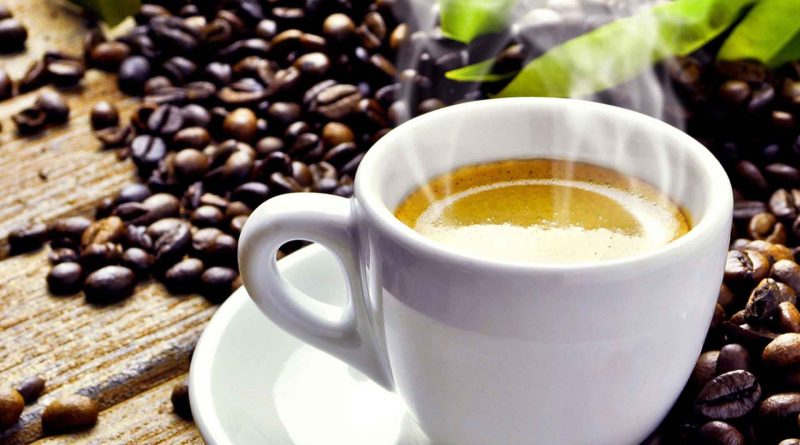Julia Child’s Asian Alter Ego: Kimmy Tang
Julia Child’s groundbreaking cookbook, MASTERING THE ART OF FRENCH COOKING, written with Simone Beck and Louisette Bertholle in 1961, made history, by introducing French cooking techniques to American home cooks. But it also made clear that the simplest recipes are the most difficult to prepare because they depend on impeccable ingredients and painstaking techniques.
Before attempting even a humble cabbage soup, Child carefully studied the greatest cookbooks of her day and then contemplated what variety of cabbage would work best, what to put in the broth, how long to cook it and at what temperature. She said, “I had to iron out all of these questions of how and why and for what reason; otherwise, we’d end up with just an ordinary recipe … I felt we should strive to show (our readers) how to make everything top-notch, and explain, if possible, why things work one way but not another. There should be no compromise!”
That “no compromise” attitude is a rarity and it’s why there are many good cooks but few great ones. Kimmy Tang is one of the great ones. Born in Vietnam four years after Child’s book was published, she was already experimenting in her family’s kitchen by the age of five — proof that the greatest chefs are born, not made — and by the time she had moved to Los Angeles, learned English, and dipped into Child’s cookbook, she was almost single-handedly running her first restaurant, Michelia, a petite Euro Asian bistro with a Zagat rave and a star following.
Growing up in a country that the French colonized in the late 1880s and didn’t leave for nearly a century, Tang was exposed to French-influenced dishes such as bánh mì (baguette sandwiches); Vietnamese coffee (French presse brewed dark roast); bánh cuon (stuffed fresh rice crepes) and, of course, ph? (noodle soup), Vietnam’s national dish. There is no written history of the dish but the name is generally thought to have been adapted from “feu” (pronounced “fuh,” as is “ph?”), which is French for “fire.” The name “9021Pho” is a three-way play on words, which embraces its French and Vietnamese roots and plants them firmly in America soil.
Chef Kimmy Tang gets down on PHO at her Vietnamese restaurant 9021PHO
Before the French took over, cows were used only for work. Eating them would have been unimaginable and unaffordable. But soon people were slurping pho bo (beef pho), cartilaginous beef marrow bones, tripe and beef tendon. Pho ga (chicken pho) was made with leftover chicken — meat, skin and bones included. Even today, and even in the U.S., this is how most restaurants prepare pho.
Not so at 9021Pho, where Tang mostly poaches, bakes, grills or stir-fries her dishes, using minimal oil and foods that are low in fat. The emphasis in this kitchen is on seasonal, locally grown vegetables, fruits, and fresh herbs, such as lemongrass, Vietnamese mint and long coriander.
The pho menu offers pho bo, carpaccio-thin slivers of lean beef; pho ga, slices of tender skinless chicken breast that are stir-fried with sparing use of oil and never any corn-starch to thicken the sauces; filet of white fish used in place of canned tuna; and pho chay, tofu in carrot, daikon, ginger, shallot and onion broth, a dish that was born in Old World Buddhist temples and migrated to New World vegetarian restaurants. For those who prefer assertive flavors, a spicy-sour version offers fresh sole cooked in a chili garlic base broth flavored with tamarind and a generous mix of bok-choy, baby corn, mushroom and snap peas.
In each dish, all of the ingredients are simmered in water for a minimum of three hours, after which any excess grease is carefully skimmed off and discarded. Tang’s vegetables, whether they are part of the broth or served on garnish trays with lime and Thai basil leaves, are always fresh and crisp.
In the hands of a master chef, one of the healthiest cuisines in the world is also one of the most delicious. Kimmy Tang has mastered the art of Vietnamese cooking and Julia would have loved it.


I love Kimmy’s food. The vegeggies are fresh and the taste of pho is great. When ever I visit Los Angles, I will stop by and enjoy a meal there. I always have a pleasant time at Kimmy’s reataurant.
Kimmy’s food is exquisite! Finesse, high quality ingredients, and balance of flavors are her hallmarks. Her pho is my new comfort food!
I have followed Kimmy from Michelia to Beverly Hills and beyond. Why? Try her food and you will know. I am not an ardent fan of Pho, its the other dishes I love; the Panko coated fish and the spring rolls are truly memorable.
I have been eating Kimmy’s food for years, and I think it is absolutely wonderful! One of the things I most appreciate is that she prepares healthy food that tastes so good–something that doesn’t always happen.
I have been eating Kimmy’s food for years, and can say that she is an absolutely wonderful chef. I love the flavors of her food, and also that she is so into healthy cooking, which is a rarity–and a necessity today!
Julia surely would’ve loved Kimmy Tang’s cuisine! I loved Kimmy’s fare at Michelia, and I am sorry to say that I have not yet tried 9021Pho. This article has inspired me to go there ASAP. I wish Kimmy all the best!
It is so much fun and gratifying to work with such talented genuine clients as Chef Kimmy Tang and the team at 9021PHO!! 🙂
Check out these pictures from opening day last week at the new 9021PHO in Glendale:
https://www.facebook.com/media/set/?set=a.502086106480140.114882.116036871751734&type=1
Raad Ghantous & Associates/RG&A designed the interiors / brand concept for 9021PHO which has now been introduced into their 4 locations in Beverly Hills, Westlake Village, Sherman oaks and now in Glendale!